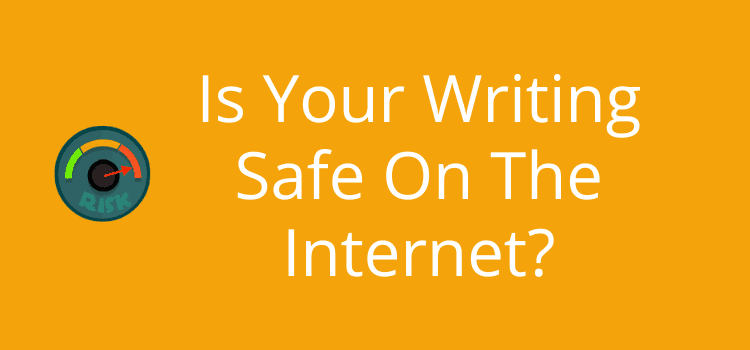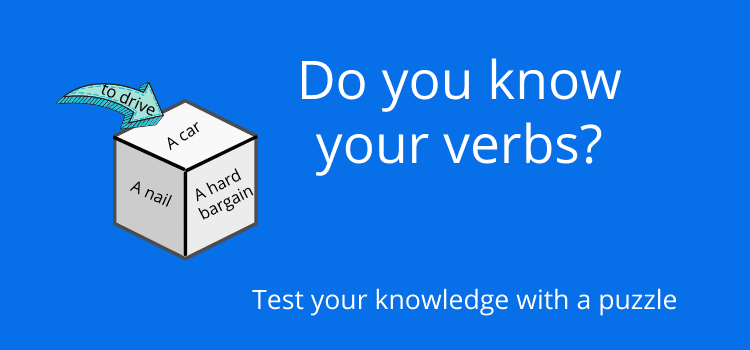
Every author needs cheap proofreading options.
You’ve set out on your journey to becoming an author. But you might be surprised at how much it costs to publish a book.
You want to create the best book you can. But you don’t want to spend thousands in the process.
Thankfully, there are a few ways you can cut costs with cheap proofreading techniques.
Save money on proofreading and editing
Editing can easily be one of the most expensive parts of publishing a book.
As an editor, I often get requests from authors who have only a very small budget.
Due to this, I thought it would be helpful to share several ideas that authors can do to get quality editing without spending a lot of money.
Lighter levels of editing are copyediting and proofreading.
These are the types of editing most people think of when they hear the word editing.
It includes things like finding typos, following grammar rules, correcting punctuation
But also keeping consistency throughout the work.
To cut the cost of copyediting and proofreading, use an online checker.
Most of them will check your grammar, misused words, and spelling errors.
It’s always best to do this before an editor looks at it.
1. Save money on copyediting and proofreading with Grammarly
Personally, I use and have been very happy with Grammarly as an online grammar checker.
While it is certainly not good enough to replace a human editor or professional proofreading, it does find many errors.
The more errors you find yourself, the fewer an editor will have to find.
Many editors will ask to see a sample of your writing before giving you a quote.
If they see your email and sample are littered with typos and basic grammar errors, they are either going to decline your project or charge you a lot for their time.
Sending an error-free email is another easy way to get a cheaper quote for editing.
2. Save money on content editing with Hemingway
Content editing is also sometimes called substantive editing, which is a heavier level of editing.
Typically, the more complex the type of editing your book needs, the more of an investment it will be.
It is because it often requires more effort and time for an editor than proofreading for typos.
One free tool you can use before sending your book to a content editor is the Hemingway Editor.
It is a free online editing app where you can copy and paste your writing.
Hemingway will then highlight areas of concern for you to look at and improve.
Some of the things the Hemingway Editor flags for you are complex sentences, the use of adverbs, and where you use a passive voice.
Although the Hemingway Editor does not fix the writing issues for you, it will highlight the areas that could use improving and tell you why.
For example, when you use adverbs and qualifiers like perhaps, Hemingway highlights these in blue and encourages you to be bold by omitting qualifiers and choosing better verbs to make your writing stronger.
If your writing is full of very complex and hard-to-read sentences, you can keep revising them until all the red highlights disappear.
Hemingway also gives your writing an overall readability score. If your target audience is middle-grade, you need to adjust your writing level accordingly.
With clearer writing, the content editor you hire later can spend less time revising your complex sentences for you and spend more time on the things Hemingway doesn’t catch, or you cannot edit yourself.
3. Use beta readers for feedback
Similar to a beta version of software or apps, beta readers are people who read your book before you publish it.
You can utilize beta readers to test out your book before revealing it to the rest of the world.
Beta readers can be anyone who has an interest in your book topic or genre.
It can be family and friends, people from your email list, or avid readers you find in Facebook groups or on book sites Goodreads.
Using beta readers is a win-win situation. The readers love getting to a book for free and helping you with your writing process by sharing their opinion with you.
As the author, you win because you essentially test your book with just a sample of your target audience and learn ways to improve.
You’ll get the best results from beta readers if you give them direction on what type of feedback you are looking for.
If you want big-picture feedback on the plot or storyline, tell them that before giving them your book to read.
If you’re comfortable with the overall content, but you’re looking for grammar errors and misspellings, let your readers know that.
There are so many things you can edit in a book. But without giving readers direction, you’ll end up with a massive amount of jumbled information and likely feel overwhelmed.
With good direction from you, using beta readers can be another way for you to improve your book before sending it to an editor.
4. Save money on all editing with ProWritingAid
If you want cheap proofreading, I saved my favorite editing software for last.
ProWritingAid is a tool that improves both your writing style as well as catching misused and misspelled words.
With the free version, you can copy and paste your books, blog posts, or even important emails into the online editor.
It will give you tons of information and data about your writing style. Maybe even more than you care to know.
ProWritingAid can be brutally honest.
For example, when I uploaded this lengthy how-to blog post into the editing tool, I found out my readability was good at about a 6th-grade reading level.
But I had quite a few sticky sentences with unnecessary filler words.
The tool will even point out places you ‘tell’ and prompts you to ‘show’ the reader instead.
Like Hemingway, it alerts you to adverbs and passive voice. I also learned in this post that I started six sentences with I.
If it was a 500-word post, I’d probably change those, but for a 4,500-word post, that’s not too bad.
Conciseness is one of my writing weaknesses, and ProWritingAid recognized that in just a few seconds.
With all of the reports, data, and suggestions, it helps me become a better writer (and editor).
I’m sure there are many ways it could help you improve your writing too. It’s surprising how much value it offers writers for a free tool.
ProWritingAid will also tell you things like:
Which words do you use the most?
Do your sentence lengths vary?
Are there grammar issues?
Did you use clichés?
Are there any difficult-to-read paragraphs?
Are there any spelling issues?
If you give honest effort and time using the free information ProWritingAid gives you about your writing, you can drastically improve your writing yourself before sending your manuscript to an editor.
Summary
When you’re trying to get cheap proofreading services and editing without sacrificing quality, you’ll want to do several rounds of editing first.
Use the tips from all 3 of these cheap proofreading and editing tools and the feedback from beta readers to polish your book the best you can.
The less time it takes an editor to improve your book, the less money it will cost you.
 Val Breit is a stay-at-home mom by day and a serial online entrepreneur by night, running both TheCommonCentsClub and KeepCalmWriteOn. She’s a money expert and word nerd at heart. As an author, editor, speaker, and blogger, she loves figuring out how to turn writing into multiple streams of income and showing others how to live their dreams without going broke. See what tips she has for you in her Facebook Group or on Pinterest.
Val Breit is a stay-at-home mom by day and a serial online entrepreneur by night, running both TheCommonCentsClub and KeepCalmWriteOn. She’s a money expert and word nerd at heart. As an author, editor, speaker, and blogger, she loves figuring out how to turn writing into multiple streams of income and showing others how to live their dreams without going broke. See what tips she has for you in her Facebook Group or on Pinterest.
The views expressed in this guest post are solely those of the author and may not reflect the views of Just Publishing Advice.
Related Reading: Quotation Marks In Ebooks Are Fly-Specks On A Page




Never heard of or used ProWritingAid but are familiar with and have used the others. Thank you for sharing. Very Useful :-)
As stated none of these programs should be used in an attempt not to use a professional editor. I have used all of these programs that I have found to be most helpful.
Hi Val,
Thank you so much for including us in your post! We are thrilled that you find the editing tool so helpful.
Happy editing to you!
Lisa Lepki
Editor of the ProWritingAid Blog